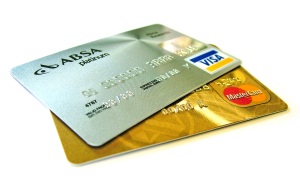Visa improves electronic fraud detection technology


Visa has improved its Advanced Authorization (VAA) technology to improve the firm's ability to detect potential electronic payments fraud.
On Thursday, the firm said that Visa transactions will now be more secure for both retailers and consumers, according to a press release.
The global payment processor's Advanced Authorization (VAA) technology is used to track, accept and deny payments from cards, whether physically present or used online.
"Cardholders, merchants and issuers all want to have confidence in the convenience and the security of every Visa transaction," said Mark Nelsen, Head of Risk and Authentication Products at Visa. "The great improvements we've made in Advanced Authorization this year were designed to do just that: fight fraud and its costs to financial institutions and merchants, while also ensuring legitimate transactions are handled with the speed and convenience that consumers and merchants want."
The VAA system has been improved in a number of ways. More transactional history data has been added, along with additional neural networks to analyze that data and detect transactions which are most likely to be fraudulent.
In addition, the enhanced model includes risk indicators primarily for transactions at fuel dispensers.
Visa say the VAA improvements "offer the potential to substantially reduce fraud" in both transactions where the physical Visa card is present and not present -- covering retail stores and online shopping.
Visa also announced on Thursday that the global payments technology firm and @UKplc, a U.K.-based eCommerce marketplace solutions provider, have created a partnership to launch a cloud-based, advanced e-procurement system for governments and the enterprise market.
The new product, cloudBuy, is intended to extend the capabilities of existing procure-to-pay products, and take a corporate buyer through the whole procurement process -- from sourcing, order placement, payment, and through to analyzing the purchase from a cost management standpoint.